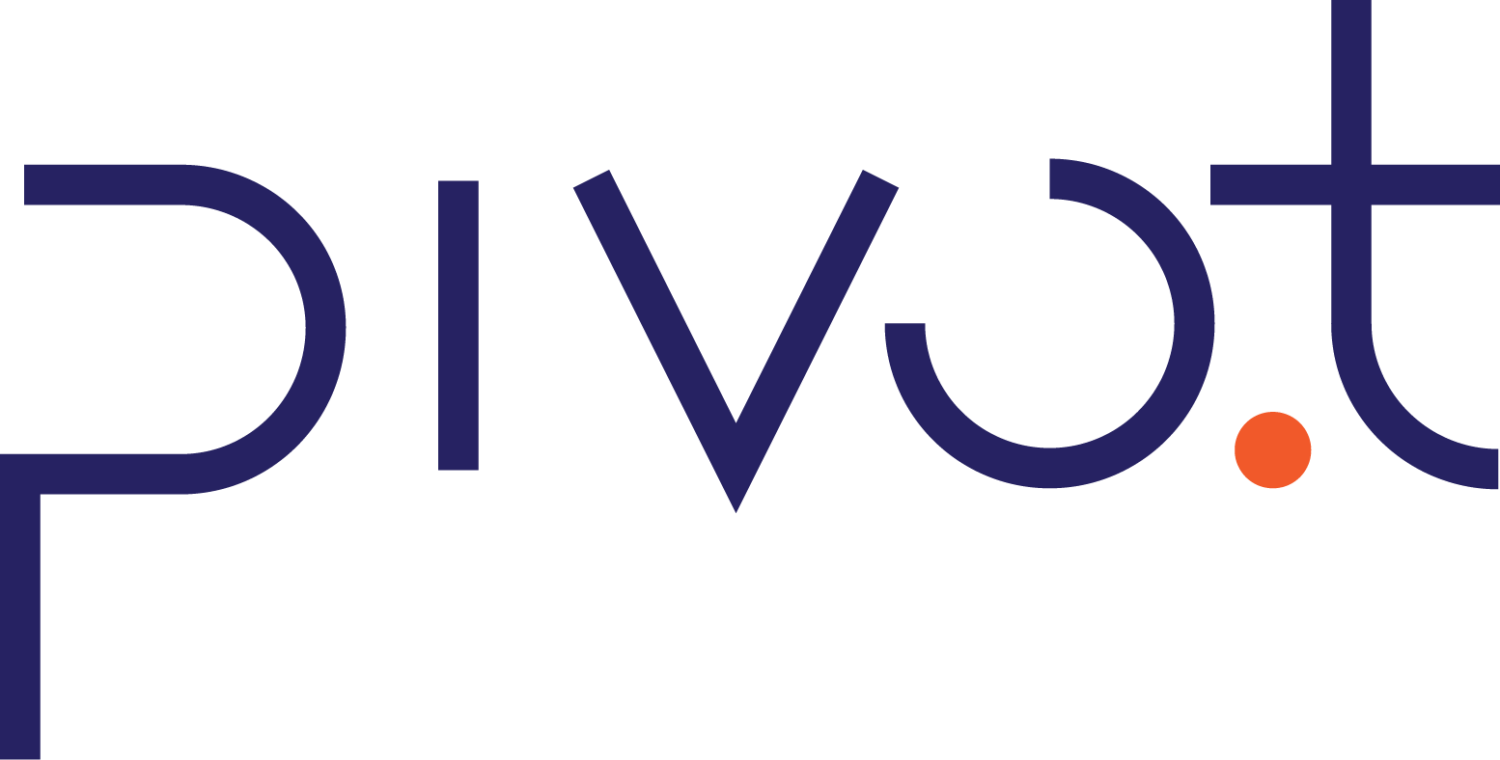Bad ideas are bad. When executed, they can waste years of life and piles of capital. Even when not executed, time is spent fleshing out and discussing concepts with fatal flaws. Therefore, I think we should all do our best to reduce bad ideas. This is my contribution.
Before getting started with the hardware-specific list, I believe there are a “general three” problems which affect all new businesses, whether or not hardware related. These would be does the product solve an actual problem, is the price right, and can the product be delivered with a reasonable amount of effort or investment (yes, I’m sure there are valuable minerals on the Moon, and I’m sure you won’t be the one to dig them up). These apply to hardware businesses as much as any other.
Ok, without further ado, let’s review five common issues with hardware product concepts:
1. Swiss Army Knife (two or more products combined into one)
I present to you:
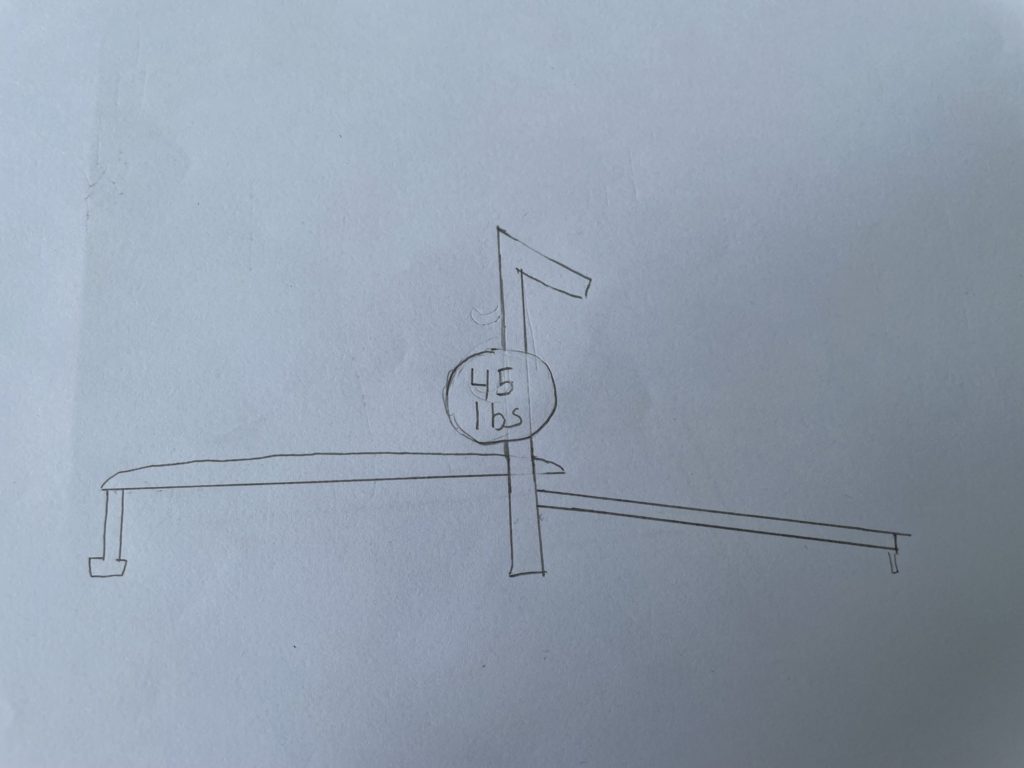
The TreadPress! A combination bench press and treadmill (for some reason this kind of thinking comes up a lot with exercise equipment – maybe we were all mesmerized by how many things you could do with a Bowflex)
So what’s wrong with this? To start, what is being shared between the two designs – the steel of the frame and some gym floor space – probably isn’t enough of a savings to be worth it. You are also probably making both functions worse in some way, for example having to bench with the treadmill console over your head, and making a very non-portable treadmill. Chances are you will need to charge significantly more than the existing products you are trying to replace, due to your lack of scale and distribution. So the end user would probably still be better off to go to Walmart and buy both original products separately.
2. Reuse, Recycle (reusing existing products for new applications)
Here’s how this one goes:
“Everyone I know has two ladders in their garage. So I will make a tabletop that is designed to sit between two ladders! LadderTable! What a great addition to an outdoor party!”
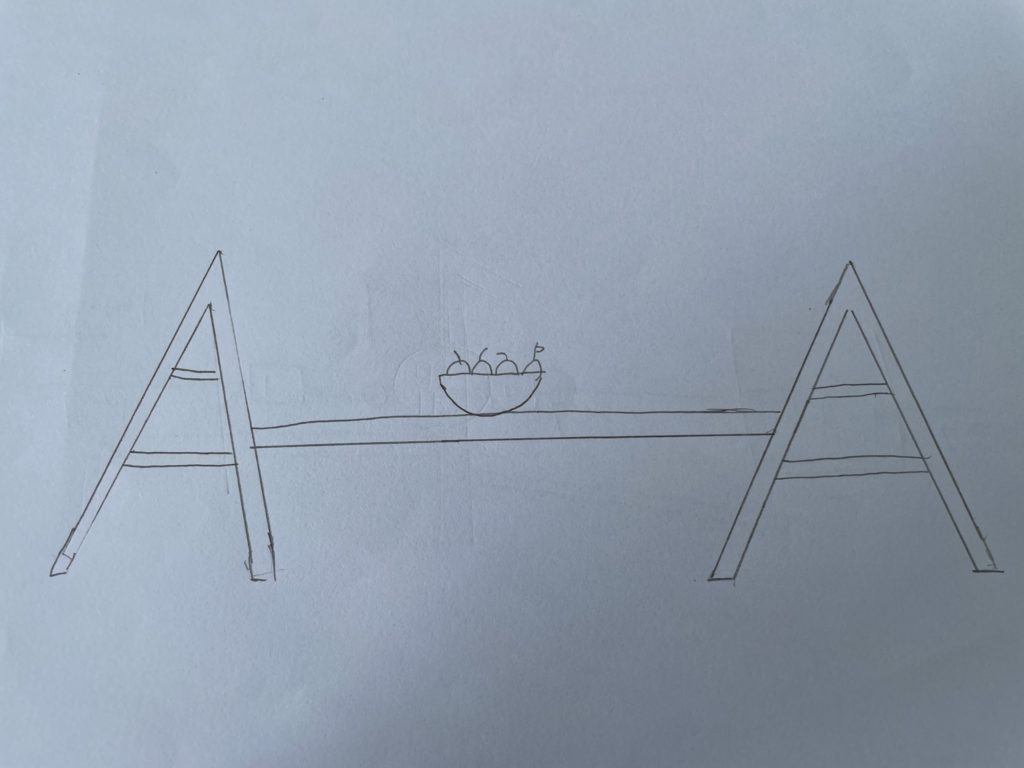
You look at your fancy Home Depot ladders and say “I paid a lot for those, it would be good if I could get more use out of them”. But remember those ladders have been through the full distribution chain to get to you. The manufactured cost is way less than what you paid at retail, and therefore the actual value you are gaining by reusing those ladders is far less than you think.
In this case, your customer would probably be better off to buy a regular outdoor table with folding legs. I would be shocked if the folding leg assemblies cost more than $5 per pair in China, probably half that. The economies of scale in the folding leg outdoor table market will probably mean that these tables will always be cheaper to end users than your potential product, despite the fact that they are shipping with a little extra steel attached. And, perhaps most importantly, your ladders won’t need to attend your next backyard barbecue.
The line between “reuse” and “accessory” can be thin or easily confused. For example, a small tray or bucket designed to hang off a ladder and hold tools while working is a great accessory. Our “LadderTable”…. not so much.
“Green” arguments are often made in these discussions. But that’s a tough sell. My perspective is, if you genuinely want to help the environment, there are probably better things to do with your time than reduce the number of table legs in the world (let’s be real, the big plastic tabletop is probably a bigger environmental problem). Make the tabletop from wood, do it locally to reduce the length of your supply chain… but keep the folding legs. Even if you have to ship the legs around the world to make the cost work, a bunch of metal legs will take up much less space in a container than fully assembled tables.
3. Hacks (easily incorporated or solved by someone else, or reduces effectiveness of another product/causes problems somewhere else)
These are ideas that only work because of some kind of anomaly in the present world. Either a missing feature in another product, or a small way to game the system. It can be the hardware-equivalent of content websites trying to game the Facebook algorithm: one small change and you’re out of business. Or you aren’t actually making the world a better place, just a different place, without really accounting for the risks and effects involved. Hard to explain…some examples below.
Digi-Key started with this kind of “hack” business. The founder invented the “Digi-Keyer”, a device for sending morse code over radio. However, similar circuits quickly became embedded by the radio manufacturers themselves. With extra parts now on hand, Digi-Key worked to resell those parts, thus entering the component distribution business.
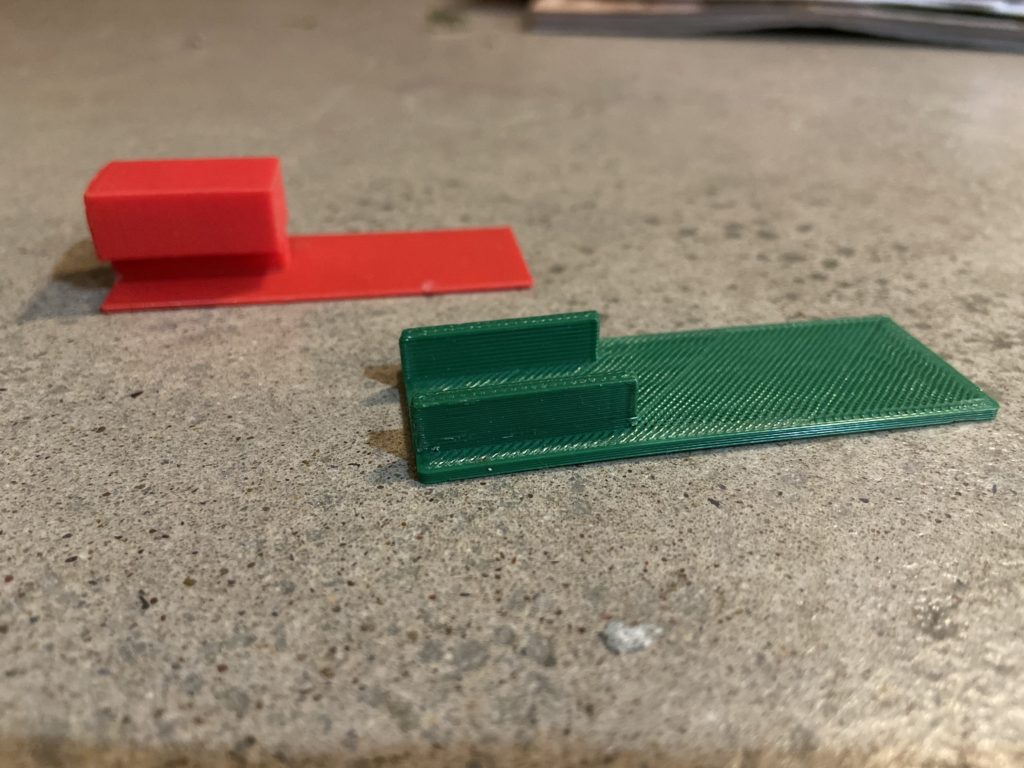
Another example: I worked on an idea in college called the “LockBlock”. The idea was to replace the ubiquitous coat hanger propping a self-locking door open in a college dorm by fitting a small plastic piece in the door frame, preventing locking.
It was actually useful. We 3D printed units and used them in our dorm rooms. I even told myself at the time “this is actually better than a hanger, since a potential thief can’t so easily tell that the door is open”. But in retrospect, I realize this idea was a hack. It reduced the effectiveness of the door. Even at the time, I thought to myself “so what happens when someone using this product gets all their stuff stolen, or worse?”. Coat hangers aren’t designed or marketed for holding doors open, this product would be. Glad we didn’t go forward.
4. Wifi Toaster (blind application of a technology to a product/problem/field)
Sure, maybe it can be done. But should it? There are many more things that can be technically achieved than will be supported by the market. These ideas often come about from “additive” or “next step” thinking, feeling like they could come out of an online product generator. Self-driving…. ice cream truck! With a scooping robot arm!
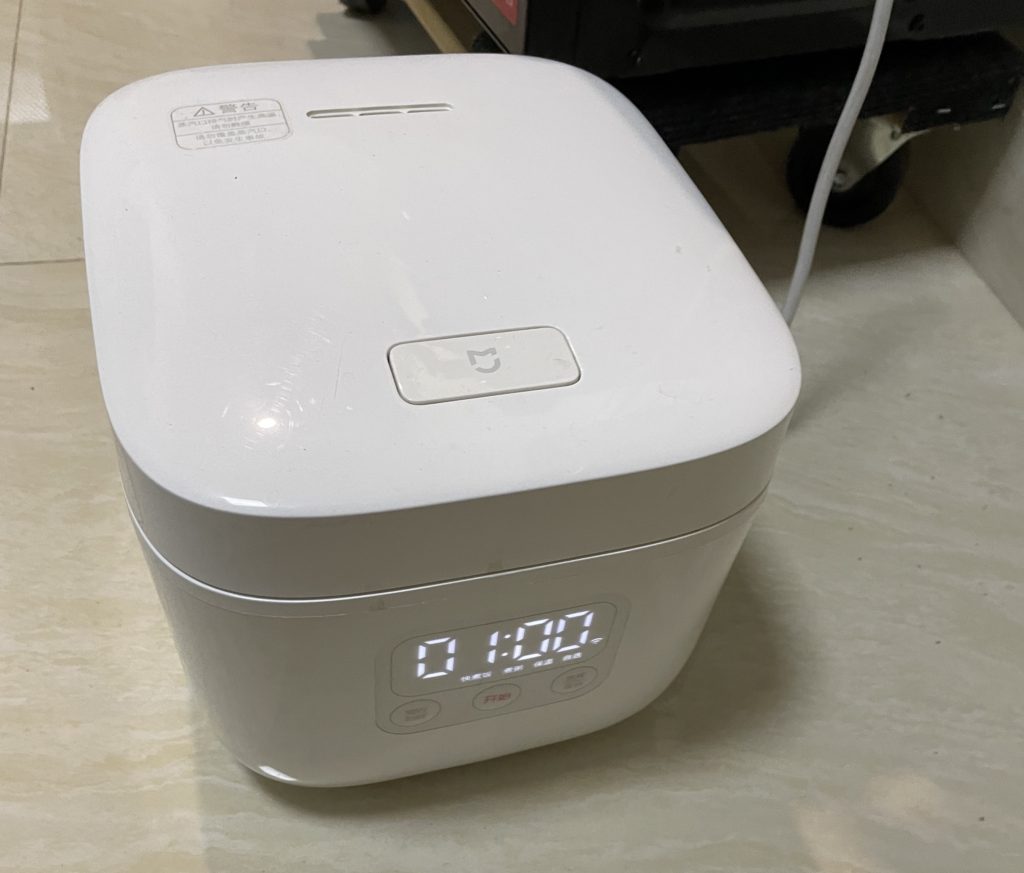
As the heading suggests, I think we have seen a lot of this thinking along with IoT. 3D printing too – don’t you want a 3D printed house!? A non-hardware analogy is the many potential “applications” of blockchain. Whenever a new buzzword comes along, get ready, these kinds of bad ideas will come back around.
5. Employee of the Month (10 – 25% improvement on an existing product)
These may be the hardest bad ideas to sort through. They feel like great concepts, often genuine improvements to common products that would be applicable to large numbers of people. That’s why I call these “Employee of the Month” ideas, since they would make you a star… if you worked at a company that already made that existing product. But chances are you don’t. So the temptation is to start making that existing product yourself, including your improvement. But you then realize you have to reinvent the wheel on what may be 100 years of developments. While your innovation may make the product 25% better, your execution of the underlying product category may be 50% worse. You’re still behind. And you still haven’t marketed, found distribution, etc, which all the existing firms have. If your innovation does turn out to be an improvement, someone will likely copy it, or at least find another solution. You can’t patent a problem.
So what to do? There may still be a path forward on these sorts of ideas. Find a company, maybe in China, already making the mature product, and work with them on a version including your innovation. Or maybe try to reduce your improvement into a separate product/module that can be sold to manufacturers or end users. Patent and license – but this probably won’t get you far, unless you’ve cured cancer (and it better be a common form of cancer). Or… get a job at a company that already makes this kind of product. Not what you (or I) probably want to hear, but this may be the best way for you to have your impact on the world if there is a particular product category you enjoy thinking about.
I believe all hardware ideas, even good ones that deserve execution, likely have elements of these issues. But it is best to be clear about where the issues lie in a given concept, and work to actively solve or address them. Or simply identify as a bad idea, and move on.
